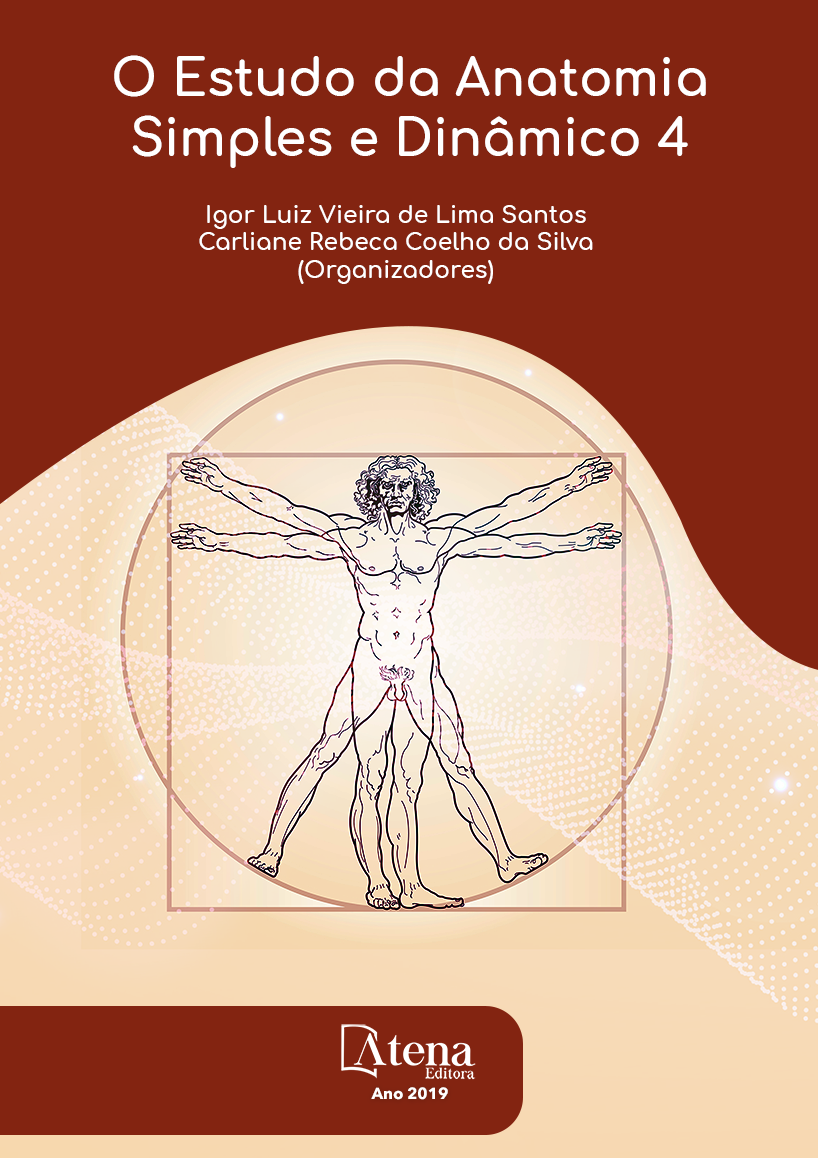
Óleo de coco, uma alternativa de diafanizador na técnica histológica
O xilol é um composto volátil utilizado
na etapa de diafanização do processamento
histológico, sendo nocivo à saúde coletiva,
principalmente de trabalhadores de laboratórios
que o utilizam, e ao meio ambiente. Esse estudo
teve como objetivo avaliar a qualidade estrutural
e de visualização microscópica dos tecidos
animais, cerebrais e do jejuno de Felis catus
domesticus L., submetidos ao processamento
histológico utilizando uma solução 1:1 (óleo de
coco/xilol). O estudo ocorreu no Laboratório de
Técnicas de Histológicas e Embriológicas do
Instituto de Ciências Biológicas do ICB/UPE,
sob o número CEUA/UPE: 002/2017. Os tecidos
foram submetidos a dois processamentos
histológicos, o controle - protocolo de rotina e
o tratado - solução de xilol/óleo de coco (1:1),
incluídos em parafina, submetidos a cortes
de 5mm (micrótomo Leica ® RM2165) e
corados pela técnica de hematoxilina e eosina.
Os cortes foram analisados e fotografados
utilizando a câmara Olympus SC30 acoplada a
um microscópio ótico trinocular Olympus CX31.
O intestino delgado apresenta-se constituído
por uma mucosa onde observam-se o epitélio
cilíndrico simples, as glândulas tubulosas
simples, a muscular da mucosa, as camadas
submucosa e musculares lisas, além do peritônio
visceral apresentaram suas características
histológicas típicas preservadas. No cérebro,
observam-se os corpos de neurônios das
camadas molecular, granulosa e piramidal, as
meninges e a substância branca. É inferido a
partir da presente investigação que uma mistura
de xilol e óleo de coco pode ser empregada na
diafanização de tecidos na proporção adotada
neste trabalho sem comprometimento da
integridade tecidual.
Óleo de coco, uma alternativa de diafanizador na técnica histológica
-
DOI: 10.22533/at.ed.4471925095
-
Palavras-chave: xileno, histologia, diafanização.
-
Keywords: xylene, histology, diaphanization
-
Abstract:
Xylol is a volatile compound used in the stage of diaphanization of the
histological processing, being harmful for the collective health, mainly laboratories
workers that use it, and for the environment. The objective of this study was to evaluate
the structural and microscopic visualization quality of the animal, brain and jejunal
tissues of Felis catus domesticus L. submitted to histological processing using a 1: 1
solution (coconut oil / xylol). The study was carried out at the Laboratory of Histological
and Embryological Techniques of the Institute of Biological Sciences of the ICB/
UPE, under the number CEUA/UPE: 002/2017. The tissues were submitted to two
histological processes, the control - routine protocol and the treated - xylol / coconut
oil solution (1:1), embedded in paraffin, submitted to 5mm cuts (Leica ® RM2165
microtome) and stained by hematoxylin and eosin technique. The sections were
analyzed and photographed using the Olympus SC30 camera coupled to an Olympus
CX31 trinocular optical microscope. The small intestine consists of a mucosa where
the simple cylindrical epithelium, the simple tubular glands, the muscular mucosa, the
submucosal and smooth muscle layers, and the visceral peritoneum have their typical
histological characteristics preserved. In the brain, the neuron bodies of the molecular,
granular and pyramidal layers, the meninges and the white matter are observed. It is
inferred from this investigation that a mixture of xylol and coconut oil can be used in the
diaphanization of tissues in the proportion adopted in this work without compromising
the tissue integrity.
-
Número de páginas: 15
- Alex Jorge Cabral da Cunha
- Inalda Maria de Oliveira Messias
- João Ferreira da Silva Filho
- Mônica Simões Florêncio
- Mércia Cristina de Magalhães Caraciolo
- Júlio Brando Messias
- Brenda Oliveira de Abreu


